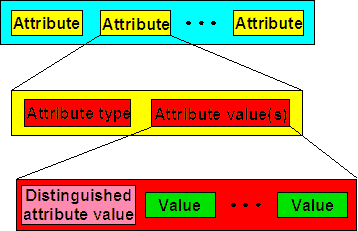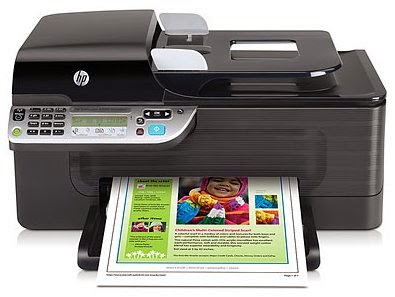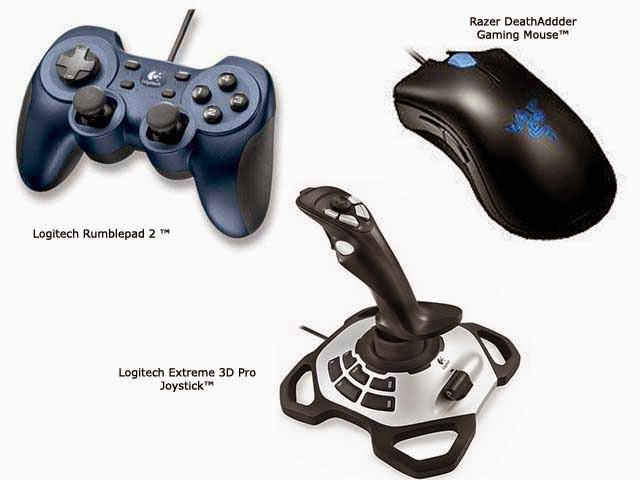- Automated configuration of IP address subnet mask and other options.
- Requires a DCHP server
- Server, appliance, ect
- Dynamic
- IP addresses are assigned in real time from a pool.
- Each system is given a lease and must renew at set intervals
- Static
- Addresses are assigned by MAC address in the DCHP server
- Quickly readdress serv ers from one location
- Converts names to IP addresses
- These are very critical resources
- IF DNS isn't working, you're not working.
- Protocol for reading and writing, directories over an IP network.
- An organized set of records, like a phone directory
- Protocol for reading and writing directories over an IP network
- An organized set of records, like a phone directory.
- X.50 specification was written by the international Telecommunications Union (ITU)
- They know directories!
- DAP ran on the OSI protocol stack
- LDAP is lightweight, and uses TCP/IP (tcp/389 and udp/389)
- LDAP is the protocol used to query and update an X.500 directory
- Used in Windows active Directory, Apple Open Directory, Novell eDirectory, ect.
X.500 Distinguished Names
- attribute= value pairs
- Most specific attribute is listed first
- This may be similar to the way you already think























































